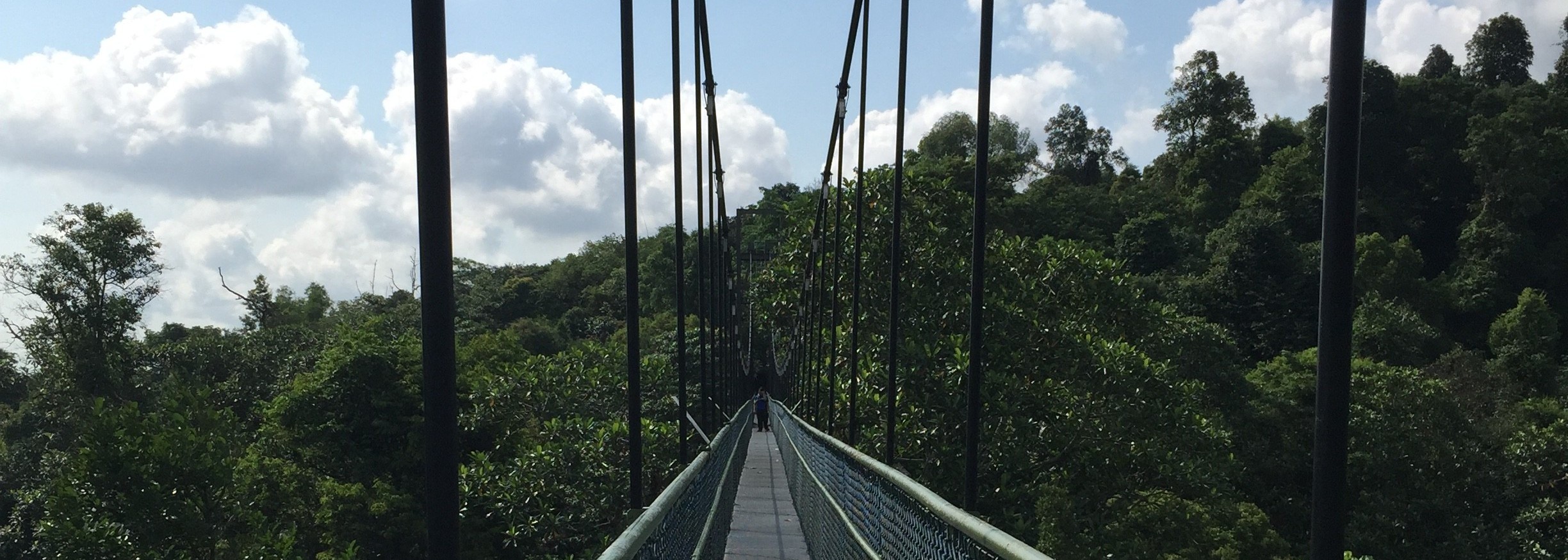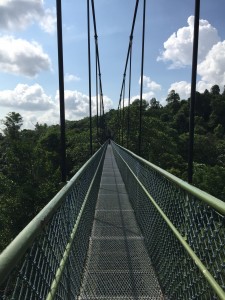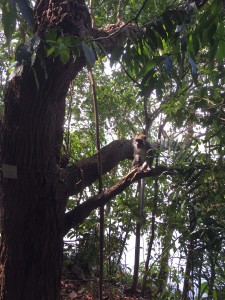Hello there!
In this post, I will continue to discuss about this journal by Dr Liow (2000).
Mangrove conservation in Singapore: A physical or a psychological impossibility?
http://folk.uio.no/leehl/uploads/liow_2000_biodiv__con.pdf
Before I begin, let me ask you:
What is nature to you?
“In a recent study, it was found that in young people, nature conjured up an image of either manicured surroundings as we have in man-made parks and tree-lined avenues, or one of distant, exotic and accessible places (Kong et al. 1999).”
Extract taken from the journal (Liow, 2000)
I can’t be mad at this. It is entirely understandable, considering how we spent most of our lives in an urban environment. We are so used to seeing greenery in the form of parks and urban trees that we sub-consciously link them together with nature. In fact, I used to be a victim of this, growing up seeing just parks and gardens. This reflects the severity and authenticity of the problem. Perhaps, this confusion between artificial greenery and nature could be why it is so challenging to connect the public with regards to conservation.
The point of this post is not to oppose artificial green spaces. Being surrounded by high-rise buildings, I cannot imagine how ‘grey’ our lives would be without these green areas. However, it seems really unfair that these valuable nature sites are not well-known by many Singaporeans.
Fortunately, we can change this.
“many fear nature because of the lack of understanding’’ (Liow, 2000)
Something comforting to know is that people still do have a slight interest nature, but the fear of the unknown as mentioned by Liow (2000) results in the hesitation to interact with it.
Exposure is the key.
One way to increase exposure is to create more opportunities in the form of learning journeys or field trips for the public to interact with nature. In nature sites, I always find it heart-warming to spot parents trekking together with their children. Perhaps, families can consider going to nature reserves. After all, these sites are good locations to be away from the hustle and bustle of city life and spend good quality time with the family. And if you guys are interested to learn more about our natural heritage, why not participate in free guided walks held by various interest groups like Toddycats or BES Drongos?
Tree-top Walk in MacRitchie Reservoir
In my own part, I am trying make up for the lost opportunities to interact with nature by training to be a guide in MacRitchie Reservoir. Through this journey, I hope I can learn much about Singapore’s biodiversity and impart my knowledge to the public. It would be amazing if I can be a source of influence for the public to gain a deeper appreciation for the wonderful flora and fauna in the reservoir.
It is time to start embracing nature by spending more time with it. Only then it would be more likely for conservation efforts to be effective. 🙂
Bonus Picture: Long-tailed Macaque under a really good lighting in MacRitchie Reservoir 😀
Cheers!
♣ Johanah
Reference:
Liow, L. H. (2000). Mangrove Conservation in Singapore: A Physical or a Psychological Impossibility. Retrieved September 21, 2016, from http://folk.uio.no/leehl/uploads/liow_2000_biodiv__con.pdf



Ying Xuan
September 28, 2016 at 3:08 pmHi Johanah!
I really agree with what you said about green spaces in Singapore. I’ve always felt that the nature that we are in touch with everyday is ‘fabricated’ as every patch of grass, every tree we see is often a result of careful landuse planning. In the same way, ‘nature sites’ as we might call them, are also carefully maintained by park authorities behind the scenes. Is this nature considered artificial? I was just wondering what are your thoughts on this, and what nature is to you, seeing that that is a question you posed to your readers?
Johanah Seow
September 29, 2016 at 4:00 pmHi Ying Xuan!
Glad that we have the same thoughts about Singapore’s green spaces! Yes, it is true that these ‘nature sites’ are under the care of the relevant authorities, but with the intention of conserving the area. Moreover, such maintenance is not intensive and efforts would be done to ensure that these actions are minimal. Although there are some who might feel that it would be better just to leave these sites as they are and let nature be, this is pretty impossible in Singapore where these nature sites are in such close proximity to our urban environment. This can cause such sites to be vulnerable and have a high likelihood of being lost or damaged. Hence, I feel that such nature is not artificial. After all, much of these sites consist of primary and secondary forests and they are not formed entirely by men even though there could be some assistance provided for these sites to remain in good ecological health.
Regarding the question on what is ‘nature’, I don’t think that man-made and artificial greenery are considered nature. In fact, it seems a little ironic to me if I link them together. I feel that ‘nature’ consist of physical entities that are caused by natural means. I guess it would be something that we cannot control its formation or its process, but we can choose whether to protect and destroy it. Of course, everyone is entitled to their own thoughts and there could be many variations of what is ‘nature’ since ‘nature’ is a broad term. For example, we can be a part of nature, since we belong to this Earth.
Joanna
November 21, 2016 at 3:29 pmyou might be interested in these two articles :
http://link.springer.com/article/10.1007/s10745-014-9709-x
http://202.116.197.15/cadalcanton/Fulltext/21308_2014319_102457_220.pdf
Johanah Seow
December 10, 2016 at 5:10 pmHi Dr Coleman,
Thank you for the articles!